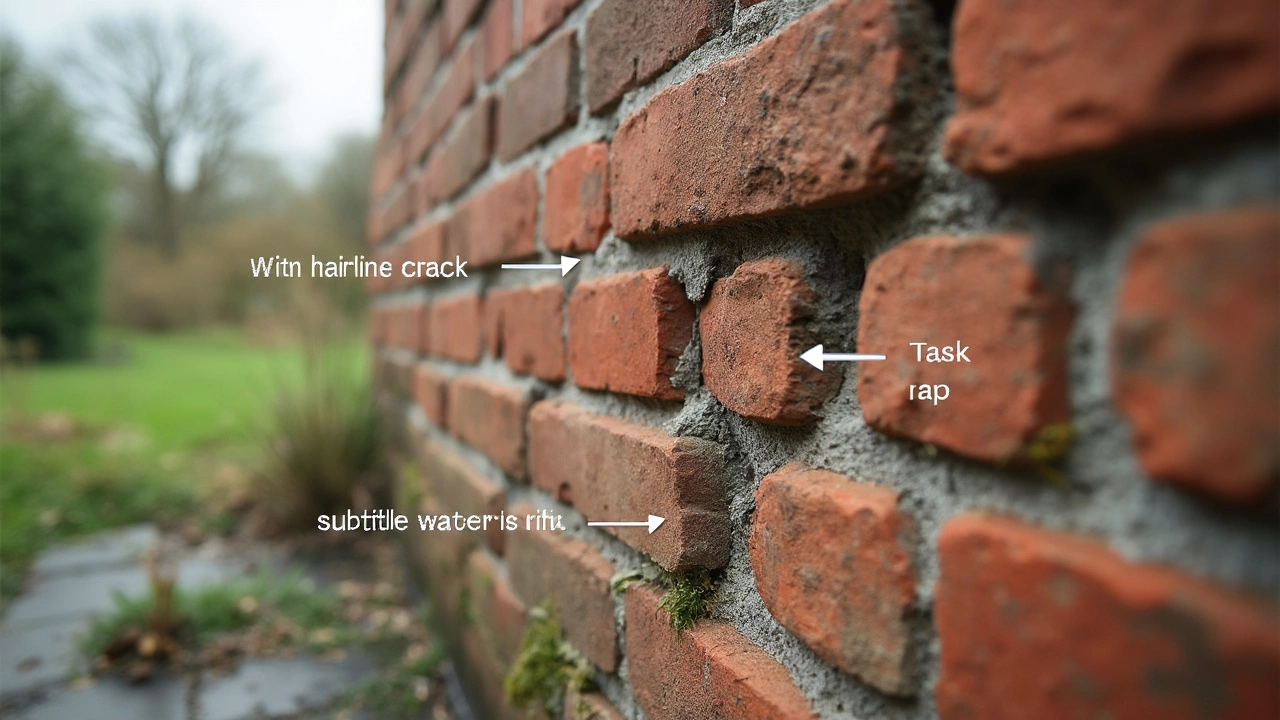Foundation Repair Methods – Find the Best Fix for Your Home
Did you know a cracked foundation can shave 10% off your property’s value? When the ground beneath your house starts shifting, you need a fix that lasts. Below you’ll get the straight‑forward lowdown on why foundations fail and which repair tricks actually work.
Common Foundation Problems
First, spot the symptoms. Gaping cracks in walls, doors that stick, uneven floors, or windows that won’t close properly are red flags. Often the cause is soil movement – either moisture swelling in clay soils or dry shrinkage in sandy ground. Poor drainage, tree roots, or nearby construction can also tip the balance. The good news? Most issues are fixable without tearing the house apart.
Top Repair Techniques
Piering (or concrete piers) is the go‑to when you need to lift a sagging slab. Steel‑capped concrete columns are driven deep into stable soil, then the house is jacked up and set on the new supports. It’s a solid method for moderate settlement and works well in both residential and commercial builds.
Underpinning digs beneath the existing footings and adds new concrete or steel supports. This spreads the load over a larger area and is ideal when the original footings are too weak or the soil has significantly shifted. Underpinning can be done in stages, so you don’t have to vacate the property for long.
Helical piers look like giant screws. They’re twisted into the ground until they hit stable soil layers. The advantage is speed – installation can be finished in a day or two – and they’re great for tight spaces where traditional piers can’t fit.
Wall anchors are a cheaper fix for bowing basement walls. Steel rods are driven into the surrounding soil and tightened, pulling the wall back into place. It’s a targeted solution when the problem is limited to a single wall rather than the whole foundation.
Cost is always on the mind. Piering usually runs between £5,000 and £15,000 for a typical three‑bedroom house, while full underpinning can climb to £20,000‑£30,000 depending on depth and soil conditions. Helical piers often sit in the middle of that range, and wall anchors are the most budget‑friendly, starting around £1,000.
Choosing the right method starts with a professional assessment. A qualified structural engineer will test soil bearing capacity, measure crack widths, and recommend the least invasive option that meets local building codes. Ignoring the advice can lead to repeat repairs and higher long‑term costs.
Once you know the plan, prep your site. Clear any landscaping that blocks access, make sure utilities are marked, and arrange for drainage improvements. Good drainage – like French drains or proper gutter downspouts – prevents future soil movement and protects your new repair.
After the work, keep an eye on the house for at least a year. Small movement can still happen as the ground settles around the new supports. If you notice new cracks, call your contractor right away – early detection saves money.
Bottom line: foundation problems aren’t a death sentence for your home’s value. With the right repair method – be it piering, underpinning, helical piers, or wall anchors – you can restore stability and keep your house safe for years to come.
Best Foundation Crack Repair: What Actually Works?
- Gavin Whitaker
- |
- |
- 0
Foundation cracks look scary, but not all repairs are the same. This article breaks down the main ways to fix foundation cracks, explains which methods work best for different situations, and covers pros, cons, and what to watch out for. You'll learn simple warning signs, get money-saving tips, and understand when it's time to call an expert. Whether it's a thin hairline crack or a wider gap leaking water, you'll know your options before you even call a contractor.
View more